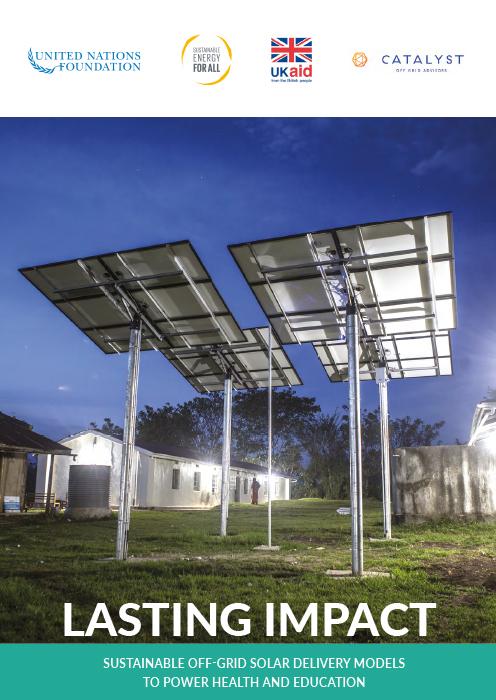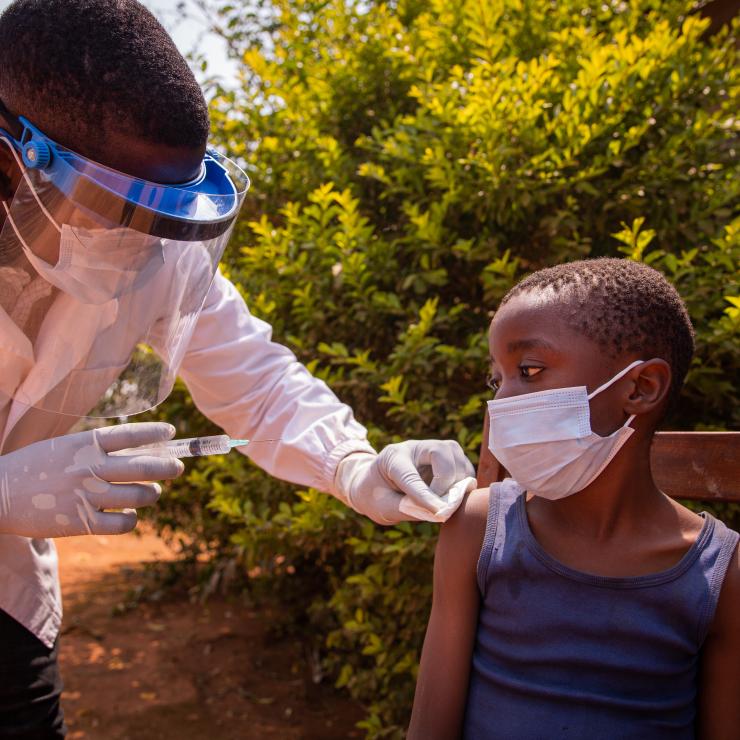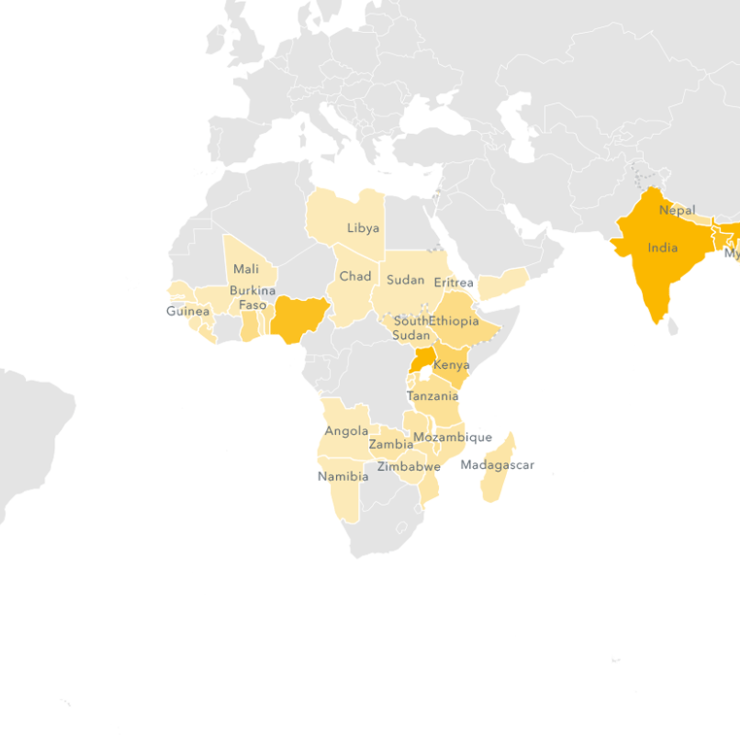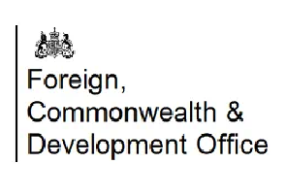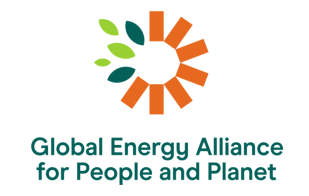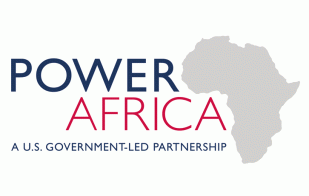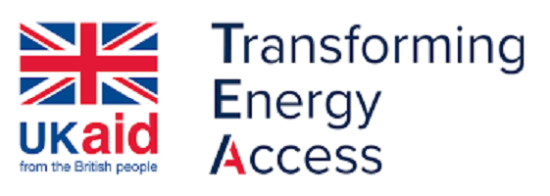SEforALL supports Energy Compact aimed at powering 25,000 healthcare facilities with clean energy
Last week during the Energy Action Days of the High-level Dialogue on Energy, a group of 14 organizations, including SEforALL, launched a Multilateral Energy Compact for Health Facility Electrification.
This Energy Compact was developed to spark action on healthcare electrification at a critical time. An estimated one in four primary healthcare facilities in Sub-Saharan Africa lack access to power, with many more health facilities suffering from debilitating power outages. A lack of reliable electricity for vaccine cold chains threatens to undermine the global response to COVID-19 and continues to delay vaccinations in developing countries.
The new Energy Compact puts forward a sectoral target of 25,000 health facilities to be electrified with clean and reliable power solutions by 2025.
“I commend the efforts of this group for working quickly to bring this extremely important and relevant Compact forward,” said Mark Carrato, Coordinator of Power Africa, who presented the Compact last week. “Access to reliable clean electricity not only powers lights, refrigerators and medical equipment – access to electricity saves lives.”
Luc Severi, Head of Powering Healthcare at SEforALL, explained, “While the COVID-19 pandemic has led to increased interest and effort toward electrifying health facilities, there are several barriers hindering progress at scale. This Energy Compact is a multilateral effort to break down these barriers so that communities get the power they need to provide quality healthcare.”
Currently, the deployment of power solutions to health facilities is hampered by a lack of reliable data on the exact location of health facilities, their current energy needs, and current energy status.
Meanwhile, the health facility electrification sector has a mixed track record on the long-term sustainability of the energy solutions that have been deployed. A better understanding of funding and financing streams in the health, energy, and climate sectors can help identify new delivery models that improve long-term sustainability.
The Energy Compact was developed to address these issues related to data, coordination, and implementation models. Specifically, as part of the Compact, the 14 organizations have each expressed their ambitions to contribute to specific areas. For example, SEforALL has committed to carrying out four country-level assessments as well as play a leading role in sector-wide coordination as part of its multi-year Powering Healthcare programme.
The commitments and ambitions expressed in the Compact from the different organizations together form a set of prioritized activities, including country-level assessments and funding requirements, in essence creating a strategy for the health care electrification sector to rally behind, with the goal of electrifying 25,000 facilities by 2025.
The Compact builds on a series of consultations, stakeholder roundtables, and provides a strong complement to the recently launched Strategic Roadmap under the Health and Energy Platform for Action (HEPA).
The Compact is supported or endorsed by key organizations from both the health and energy sectors, including SEforALL, Power Africa, GAVI, UNICEF, UNDP, IRENA, Power for All, SELCO Foundation, Odyssey Energy Solutions, Clinton Health Access Initiative, Shell Foundation, UNITAR (on behalf of the Global Platform of Action), We Care Solar, and the Danish Ministry of Foreign Affairs.
In partnership with Power Africa, SEforALL will continue to build out support for this Energy Compact from additional organizations. We will also work with the supporting organizations to help them achieve their expressed ambitions in the Compact, by leveraging our longstanding Powering Healthcare programme.
Learn more about our Powering Healthcare work and join the conversation via #PoweringHealthcare.

